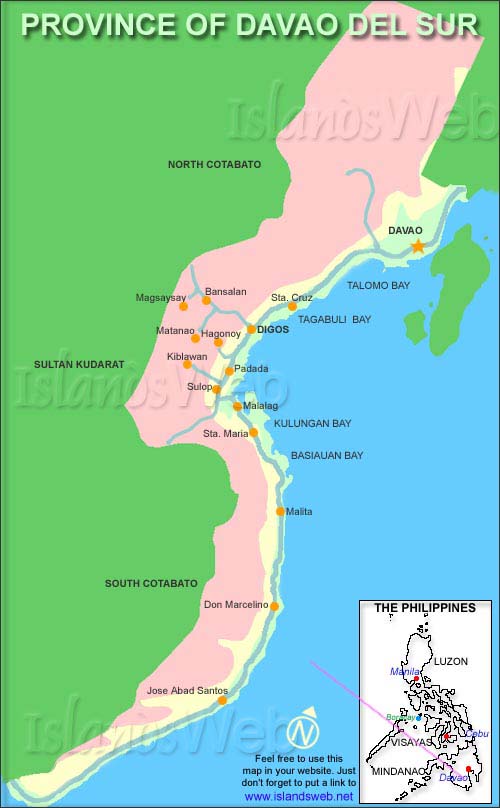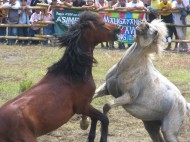Rock, Paper, Scissors is Bato Bato Pik
When we were kids, this is the game we played to determine who will go first inside a dark room or who will get the last piece of candy. When playing team sports (like tigso, softball, or basketball), we used it to group ourselves into opposing teams (one group consists of all the losers and the other group, all the winners). I had three grade school classmates who were very good at winning the Rock-Paper Scissors game: Henry Lovitos, Reynaldo Idea and James Asahan. They claimed there is a secret behind their winning streak. I always thought it was sheer luck. And of course, we broke their streak when we pitted them against one another!
It is a simple game with many names and variations. During my childhood days, we call it sambara, although we also call it jack–en-poy because of the chant we use while playing it. In Manila, they call it bato, bato pik. In English, they call it Rock-Paper-Scissors or RPS for short.
How Bato Bato Pik is played
This is a game where two opponents toss out hand gestures. The opposing players move their fists up and down three times while shouting a pre-agreed chant. The fists come down each time a word is said. Fists should not touch each other; the motion being performed entirely up and down in the air in front of each other.
There are 3 chants I know:
Jack en poy./ hole hole hoy. / sinong matalo, syang unggoy./
Bato,/ bato, / pik!/
and;
One,/ two,/ three!/

The players make the gesture after uttering the last word of the chant. There are three gestures to choose from:
- Rock – a closed fist.
- Paper – a flat, open hand
- Scissors – index and middle fingers extended.
You win, lose or draw depending on what gesture you used versus your opponent. Rock wins over scissors; scissors wins over paper; and, paper wins over rock. Tossing same gestures results in a tie, and you have to try again. Most of the time, it is a best of three (2/3) game; the first to win two games, wins.
A Bato bato Pik Society and World Championships!
I thought rock-paper-scissors is one of our indigenous games and only us Pinoys play it. I was wrong. I chanced upon an article which talked about the game, including real tips at how to win it. That caught my curiosity so I did a bit of research on the subject. The new insights I learned about the game surprised me:
- The game dates back to the days of the Chinese Han Dynasty(206 BCE – 220 CE), and was called The Gestures. In 18th century Japan it was called Jan-ken-pon. Could this be why we also call this game Jack-en-Poy? Was it the Japanese who brought to the Philippines this game or the Chinese who has traded with our ancestors way before the Japanese and the Europeans came?
- In 2005, an RPS win secured auction house Christie’s a 10 million deal. Here is the story as narrated by Telegraph, a UK publication (www.telegraph.co.uk):
A Japanese art collector who could not decide whether to sell his Impressionist paintings through Christie’s or rival auction house Sotheby’s instructed them to play the game against each other.
Christie’s consulted its employees on strategies and, on the advice of the director’s 11-year-old daughters, chose scissors.
The little girls, keen fans of the game, explained that “everybody expects you to choose rock”.
As predicted, Sotheby’s went for the open palm in a bid to beat the expected clenched fist, and lost the deal
- There is a Rock-Paper-Scissors World Championships. There is a cash prize involved. It is held in Toronto, Canada and attracts competitors from countries as distant as Norway, Australia, and Singapore. The World Champions are Bob Cooper of the UK in 2006, Andrea Farina of USA in 2007, Monica Martinez of Canada in 2008 and Tim Conrad of USA in 2009.
The 2010 world championships was cancelled because of the passing of Wojek Smallsoa, the then Chairman of the World RPS Society Steering Committee and the acknowledged “Father of the modern RPS. The 2011 championships will be held this November.
- The US version of the tournament, the USARPS Championships has a big sponsor in beer company Anheuser-Busch. It features tournaments in bars all over the US of A. The regional winners eventually compete in Las Vegas for a $50,000 prize.
- There is a World Rock Paper Scissors Society and it has a website (www.worldrps.com). This is the group that sanctions the World Championships described above. And there are various Rock, Paper and Scissors Groups and Pages on Facebook!
- There are mobile apps on RPS. I was testing a blackberry tablet this afternoon and I browsed through the apps installed in the unit and one of apps was rocks, paper, and scissors! Similar apps are also available on Facebook.
- An article written by Natalie Wolchover for Live Science.com http://www.livescience.com/15574-win-rock-paper-scissors.html ) gave the following tips on how to win in Rock-Paper-Scissors:
- Inexperienced RPS players tend to lead with a Rock (so use paper against them during the first toss)
- Experienced players won’t lead with Rock (so use scissors to win or tie)
- People don’t come out with the same throw three times in a row.
- Gesture over and over with the move that you want your opponent to play next. Unconsciously, your opponent will often accept your suggestion.
- Announcing your next move is a good trick. Because your opponent will think you will not.(so use the gesture that will beat the move you announced)
- People try to come back from a loss or tie by throwing the move that would have beaten his last one.
It has been decades since I have seen Henry, Rey and James. I could have told them that I have finally cracked their secrets. But better yet, I could pit their Rock-Paper-Scissors skills versus a computer program; or versus mobile apps. But if they are already abroad and near North America, maybe I could encourage them to join the world tournament?







